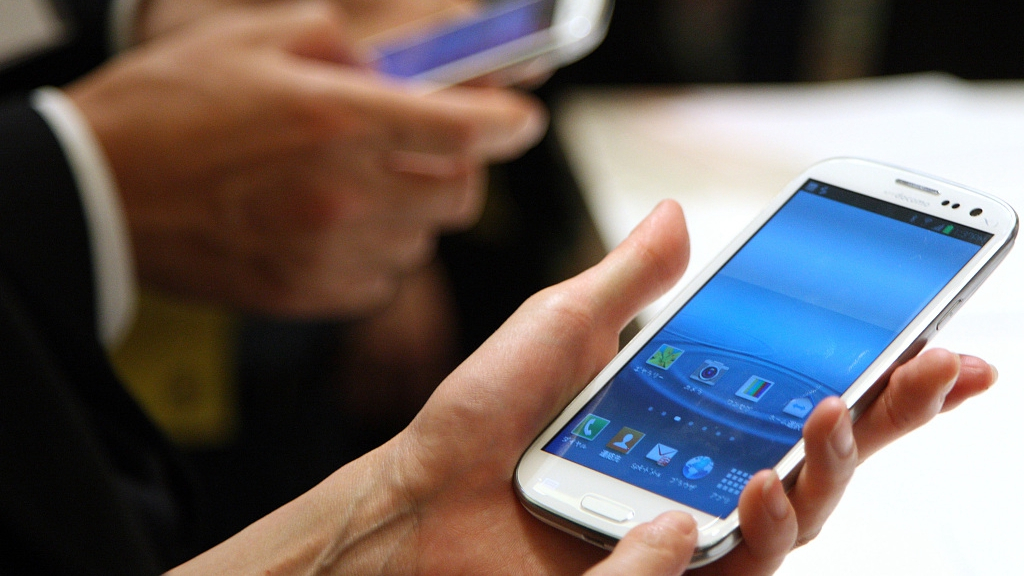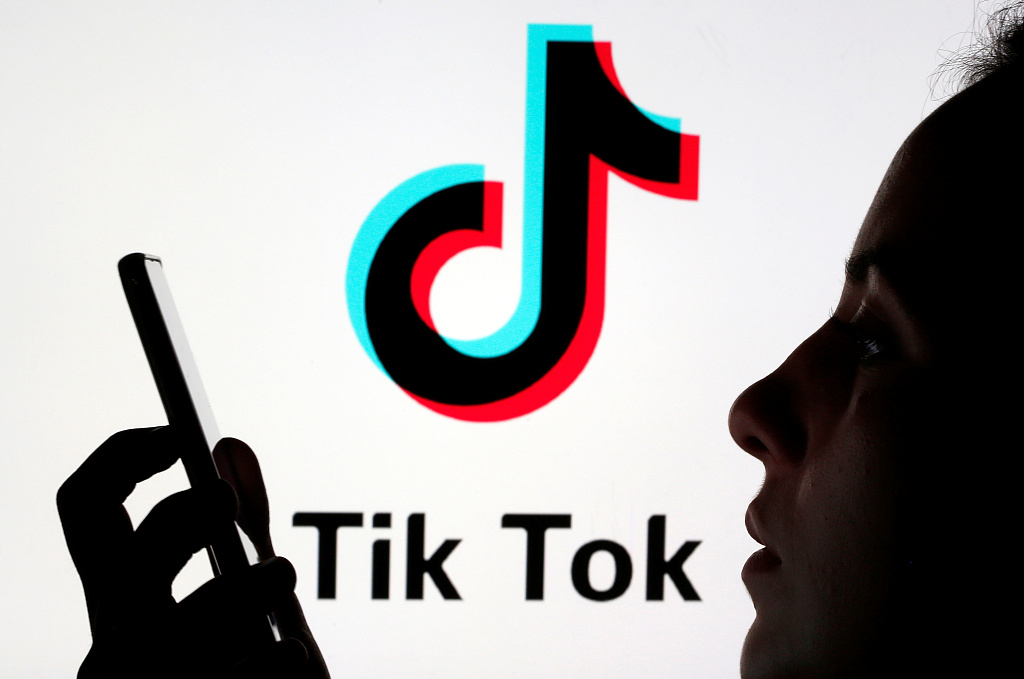
Members of the media try smartphones during the unveiling of NTT DoCoMo Inc's new smartphone series in Tokyo, Japan, May 16, 2012. /VCG Photo
Members of the media try smartphones during the unveiling of NTT DoCoMo Inc's new smartphone series in Tokyo, Japan, May 16, 2012. /VCG Photo
Editor's note: Kirk Kenney is a media observer based in Shanghai. The article reflects the author's opinions, and not necessarily the views of CGTN.
If you are like millions of people in China and the world, you probably come home after a long day at work, take off your jacket and collapse on a bed. What do you look at? Maybe news. Or texts you missed.
You might as well check in on friends and wider contacts on WeChat Moments – scroll, scroll – or maybe check RED – scroll, scroll. The smart phone is the last thing most people look at before going to bed.
Originally the companies that made the apps keeping you up late wanted you to stay in their app or ecosystem for as long as possible. Clickbait is a well-known vice, with entire offices devoted to its propagation. But we are slowly changing, bewildered by smartphone overuse and seeking fulfilling lives.
Eventually tech companies must also change product design and methodology, or else endure the ire of users who are tired and angry from having their entire lives and society hijacked by social media influence.
Ad revenue in media is not new, but the scrolling user interface that tricks user's brains into staying there is. Facebook and Bytedance, the parent company of Toutiao and TikTok, have demonstrated that people will continue to scroll for hours searching for new short videos, even if the videos have low long-term value: dancing old person, dancing construction worker, dancing child — next. That's why TikTok includes a "Digital Wellbeing" function, which, when engaged, limits users to only two hours a day.
Newer generations who have grown up with smartphone content are savvier in how they curate their incoming information. Unlike the hapless and unsuspecting adults who were the first generation to experience smartphones, future younger consumers will know when they are being manipulated by clickbait headlines, scrolling, and other techniques. In fact, they will probably design something better.
More and more, writers like Cal Newport, in his books Deep Work and Digital Minimalism, provide strategies for avoiding tech distraction entirely. To improve focus, Newport suggests choosing activities based on personal values, and limiting your email, texting and news consumption to batches at specific times of the day or week.

The logo of the social media platform, Tik Tok. /VCG Photo
The logo of the social media platform, Tik Tok. /VCG Photo
Tech and media companies can significantly influence the way we use our phone for the better. This week, Beijing has seen the third annual CGTN Global Media Summit and CCTV+ Video Media Forum. This type of engagement is a great opportunity for advocates of healthy tech use to share their ideas, like educating about cognitive biases and how users can make better decisions.
Content is vital. Content creators should produce high-value content that gives something real to consumers, and allows the consumer to lead a better life. A better life doesn't come from your body becoming flabby because you lie in a fetal position on your bed with your phone two inches away from your face. Why not motivate content creators to create online courses, delivering useful life skills, and valuable information that stands the test of time?
Converting more consumers into creators by offering a creator track is another option. RED started out with useful reviews and recommendations, and Taobao made Li Jiaqi aka the "Lipstick King" famous for his knowledge sharing. Youlian works with musicians to make music education courses. Why not create a course on Digital Minimalism to help people focus?
Most importantly, companies should not overlook the competitive opportunity to be the company that helps people live better, healthier lives according to their values. Show them how to use your products so that it supports their long-term quality of life. Grateful consumers are loyal consumers.
The most common regret of people on their deathbed is not living a life true to themselves. When the current generations of users grow old and look back at their lives, will they see a life ensnared by social media machine learning algorithms experimenting on them to see what gets the most clicks? What should be done to prevent it? Maybe the CGTN Global Media Summit could offer some clues.
(If you want to contribute and have specific expertise, please contact us at opinions@cgtn.com.)